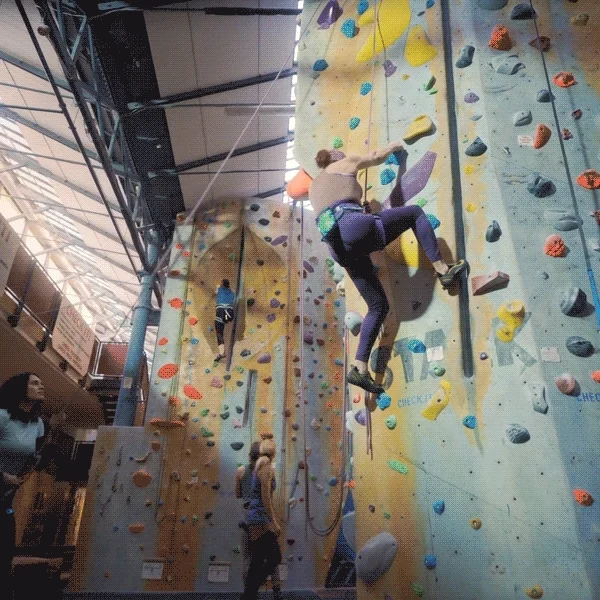Even as a person with a life-long fear of heights, after the first time I saw the documentary Free Solo, I knew I had to try rock climbing.
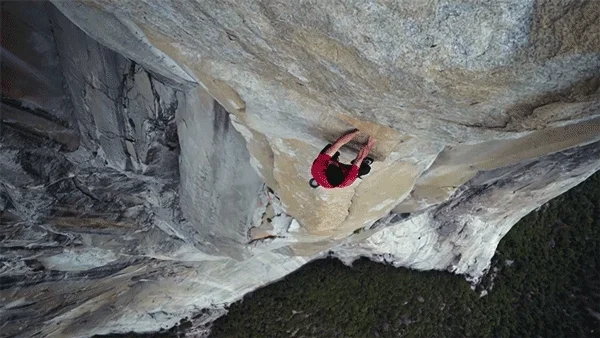
If you're interested in getting in shape while having fun and pushing your limits, I suggest you give this wonderful sport a shot! Start by going to an indoor climbing gym.
There are two types of indoor climbing for newbies:
bouldering
top rope climbing
Learn about each type and all the information you need to make the most out of your first visit to a climbing gym!
What is "bouldering"?
Bouldering is climbing without a rope on walls that are generally no more than 15 feet (4.5 meters) high. A soft pad is placed on the ground below to cushion a climber's fall.
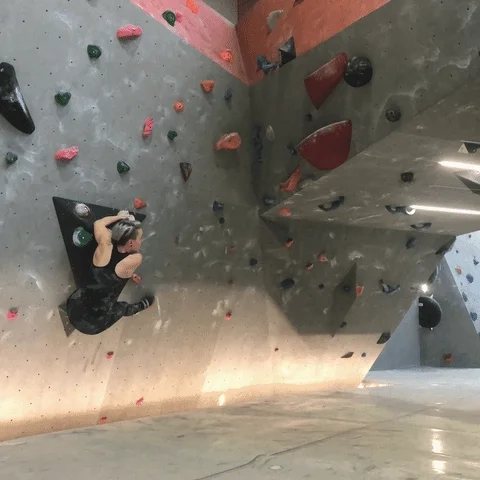
Pros of bouldering
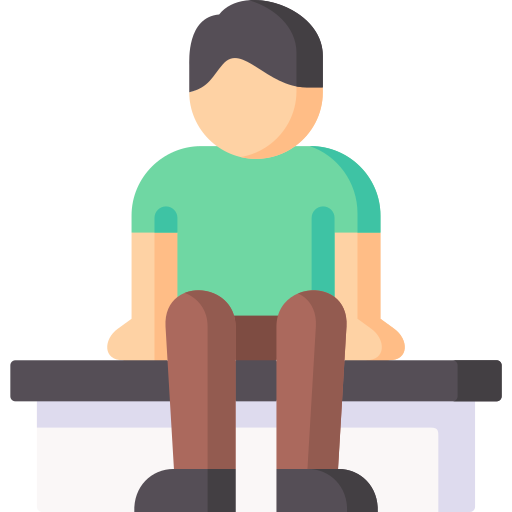
You can visit alone: Since you don't need a partner to secure a rope for you, you can visit a bouldering gym by yourself.

Cheaper than top rope climbing: Bouldering requires less equipment than top rope climbing, so you'll spend less money.
Cons of bouldering
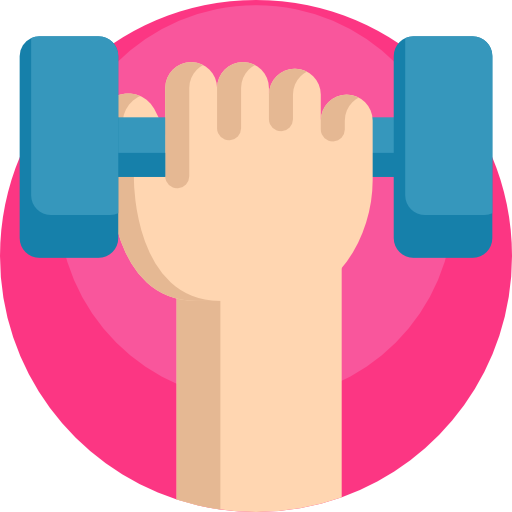
Requires strength: Bouldering tends to be more strength-based than top rope climbing.

Can be scary: Since boulderers are not secured by a rope, it can sometimes be scary to fall or climb back down after finishing a route.
What do I need to know about bouldering?
Problems and their betas and grades

A problem is a sequence of holds a boulderer follows to complete a route up (or across) a wall. The holds for one problem are generally the same color. The climber can only grab or step on the holds for the problem they're doing. They can also use the wall itself.

The beta for a problem is the "how to" for a problem. It's the tried and true optimal way to do a sequence of moves needed to complete a problem.

It's considered improper etiquette to shout out the beta as unsolicited advice while a person is in the midst of climbing. Instead, ask them if they'd like the beta.
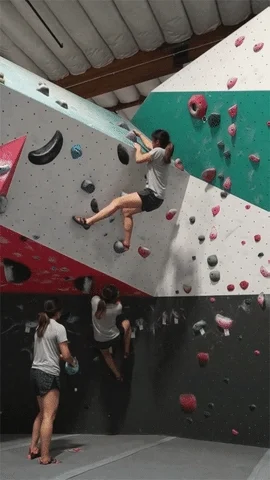
Grades rate a problem's difficulty. Most countries use a V scale, which begins at V0. V1 is a little harder than V2, and so on. The highest grade in the world is a V17. Grades are written on tags and posted on the wall next to the first hold in a problem.
How to fall
Check out the video below for an explanation of how to fall safely when bouldering:
What is "top rope climbing"?
Top rope climbing requires a rope, which is draped over or through equipment at the top of the wall and is secured by a partner called a belayer. This allows you to reach higher peaks safely.
Pros of top rope climbing

Easier to get down: A belayer lowers you down slowly once you reach the top.

Conquer fear of heights: You'll need to conquer a fear of heights if you want to consistently climb to the top of very high walls!

More social: Since you need a partner to top rope, you can spend time with friends or even befriend other climbers.
Cons of top rope climbing
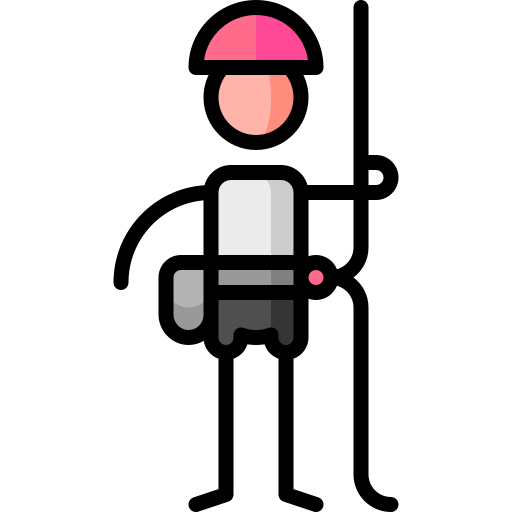
A partner is necessary: You won't be able to climb by yourself as you'll need a belayer to secure the rope for you. At some gyms, you can pay extra for a worker to belay you.

Requires training and certification: You'll have to learn how to belay, take a test that proves you can, and carry a certificate in the gym that shows that you know how to do it.

More expensive than bouldering: At a minimum, you'll need shoes, chalk, a harness, a rope, and a belay device. Renting or buying these items can be expensive.
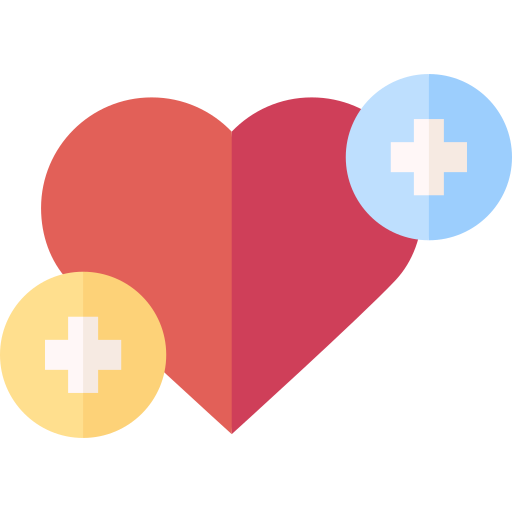
Requires endurance: Since climbing routes are long, you'll need both muscular and cardiovascular endurance to complete one.
What to know about top rope climbing
Routes and their betas and grades
In top rope climbing, the sequence of holds to reach the top is not called a problem, but a route. However, just like bouldering, the "how to" is called the beta.
The grading scale is a little different. In the United States, the Yosemite Decimal System is used, which grades routes on a scale from 5.1 (the easiest) to 5.15c (the hardest). Grades are written on tags and posted on the wall next to the first hold in a route.
Other countries may use a different scale. See the chart below to compare the scales. Alternatively, you can read about the scales here.
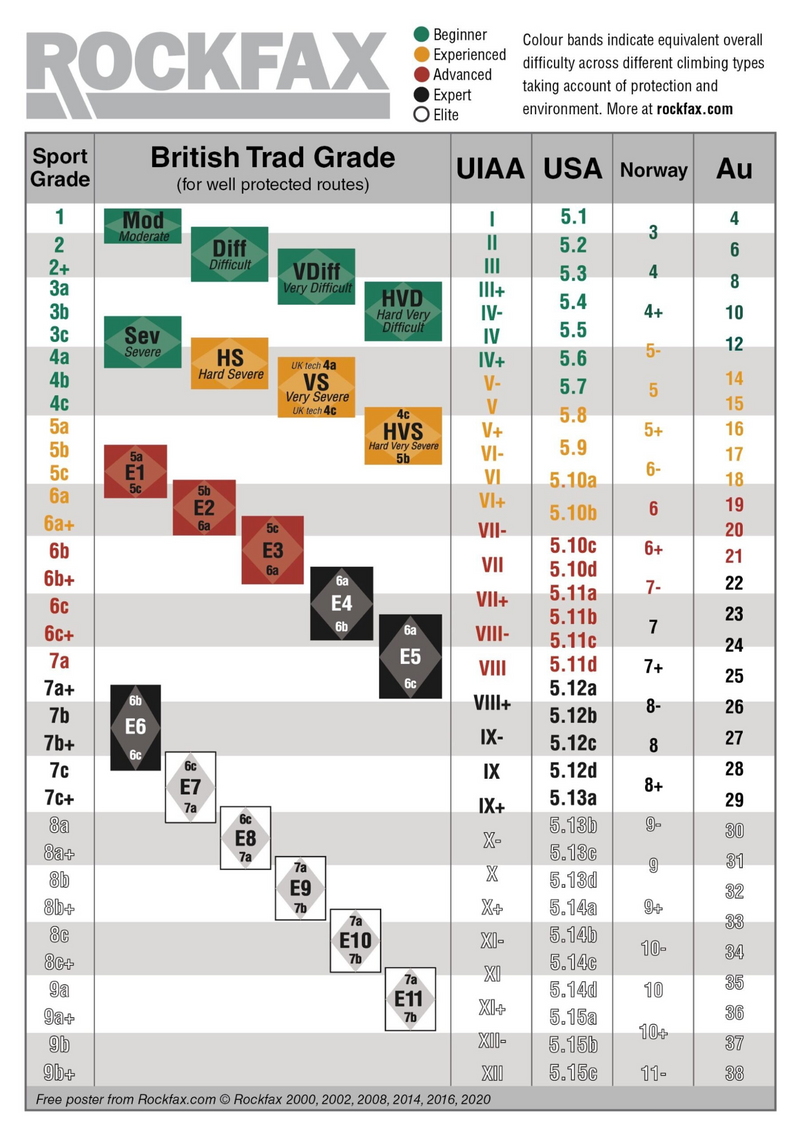 Top rope climbing vs lead climbing
Top rope climbing vs lead climbing
Since it is your first time, you will be top rope climbing. That means the rope is attached to something at the top of the wall. This is the safest way to climb to high places.
Once you have more experience, you can try lead climbing. This means you pull the rope up with you as you climb and attach it to bolts along the way. This is more dangerous.
What should I bring and do I need to rent anything?
All you're required to bring is:
Comfy clothes
Water (and snacks if you so desire)
A positive, adventurous attitude

Rentals for bouldering
Climbing shoes (specially designed for stepping on small holds)
Chalk (for neutralizing sweat on your hands so you don't slip)

Rentals for top rope climbing
Climbing shoes
Chalk
Harness
Belay device
Helmet (if you so desire or the gym requires it)
Rope (if you're lead climbing)
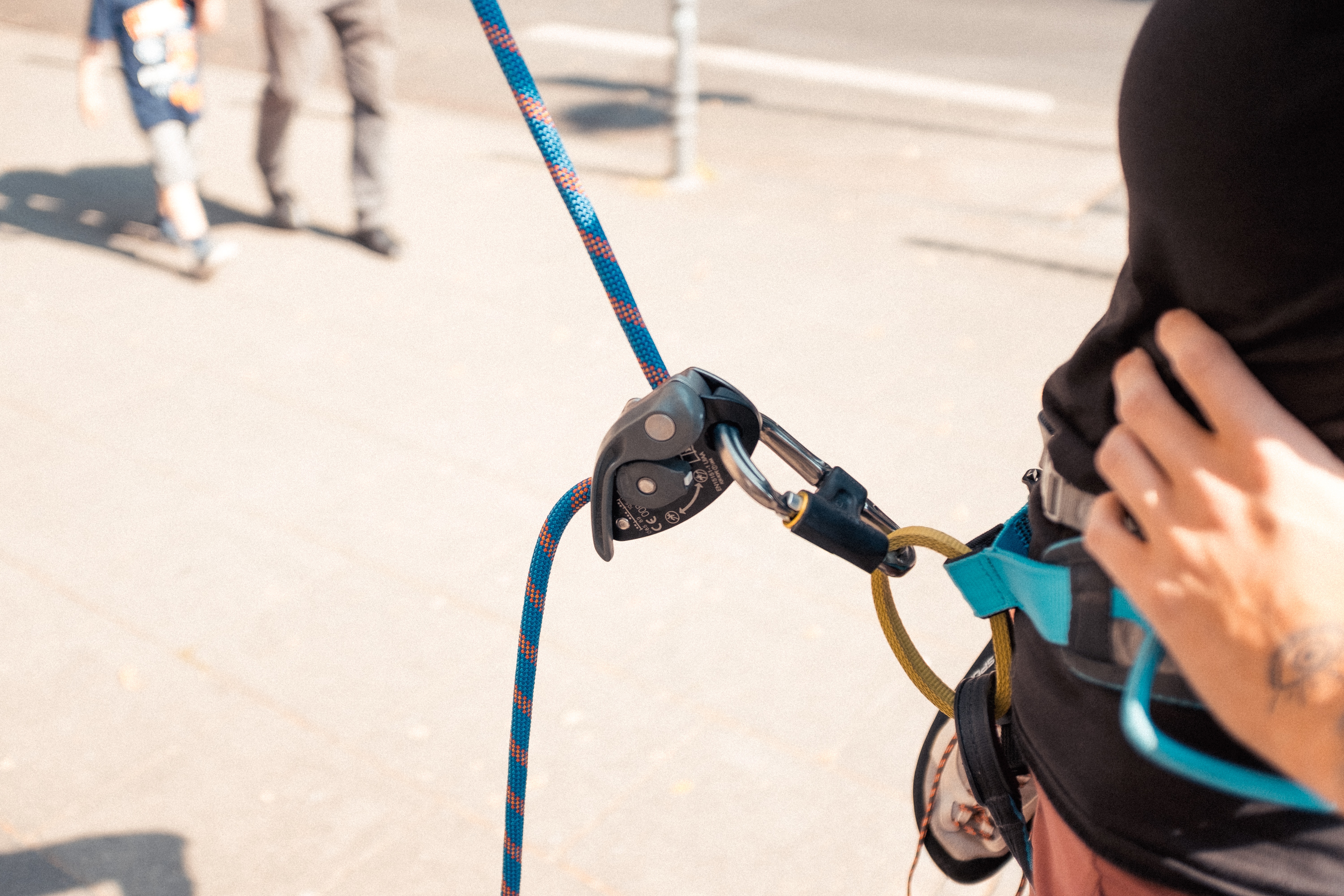 Photo by John Tuesday on Unsplash
Photo by John Tuesday on UnsplashQuiz: Which gym is best?
 Mike
Mike
Mike has a limited budget and isn't very social when it comes to climbing. He is more concerned with building strength than building stamina.
 Jessie
Jessie
Jessie wants to conquer her fear of heights. She has many friends who love to join her for any activity. She doesn't have any budget limitations.
Quiz
Which type of gym should Mike and Jessie visit?
Take Action
Are you ready for your first visit?

Your feedback matters to us.
This Byte helped me better understand the topic.

